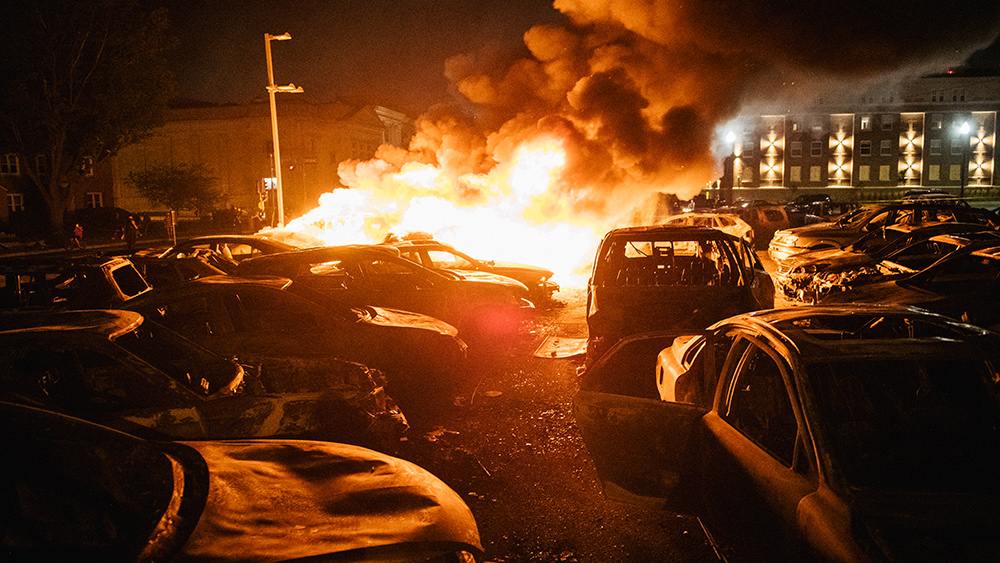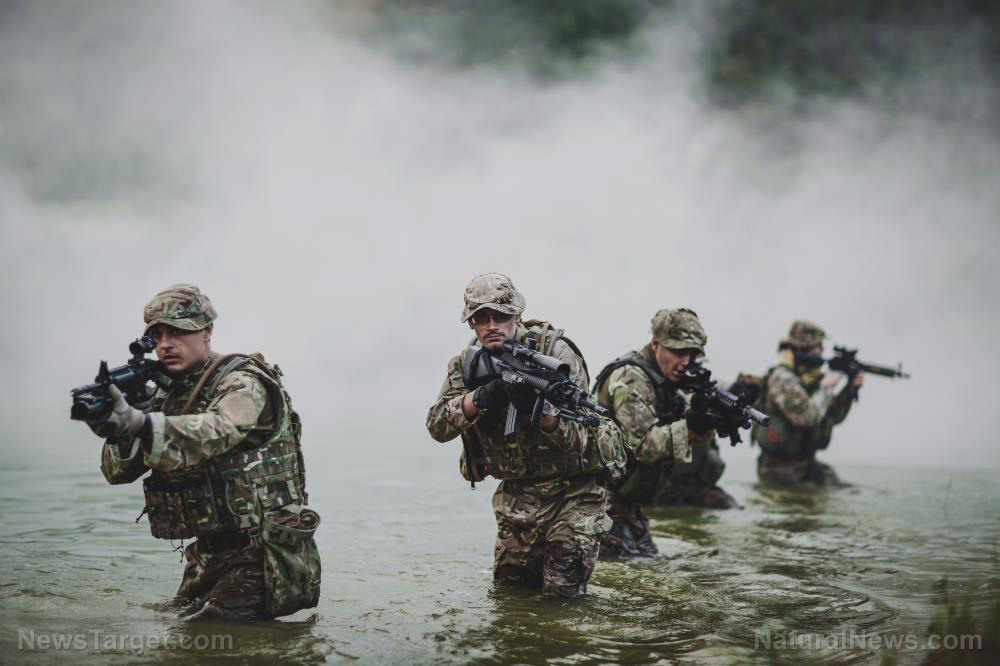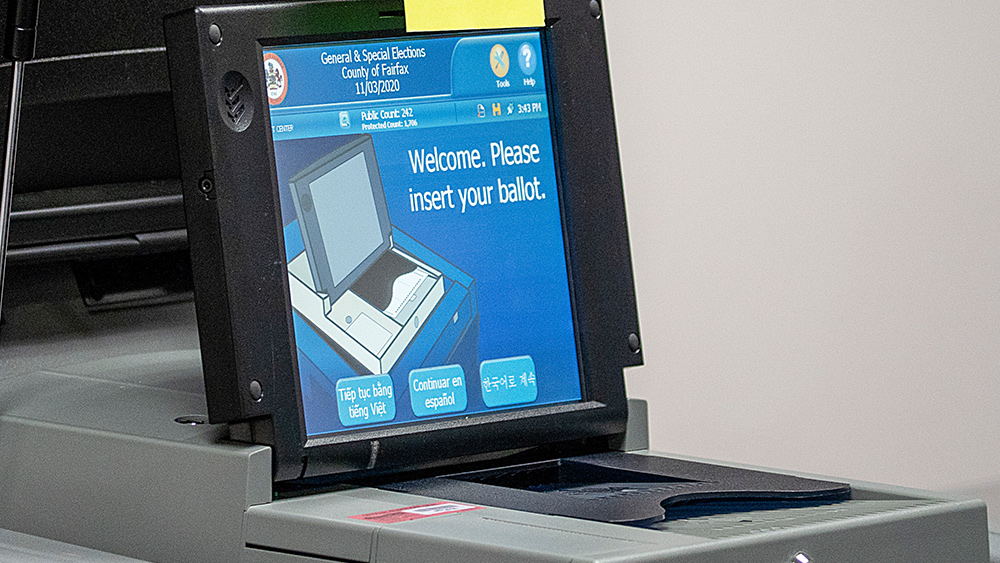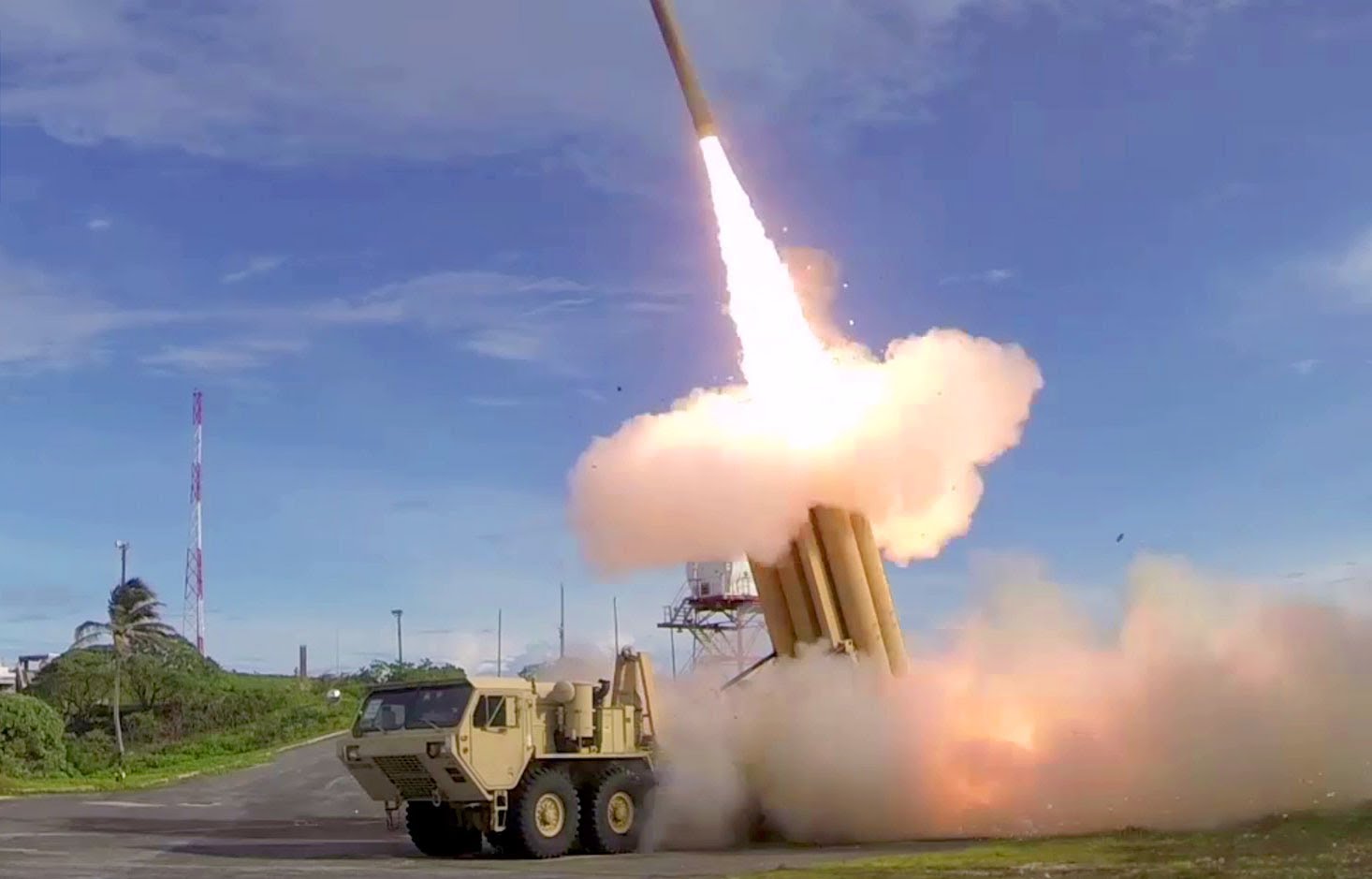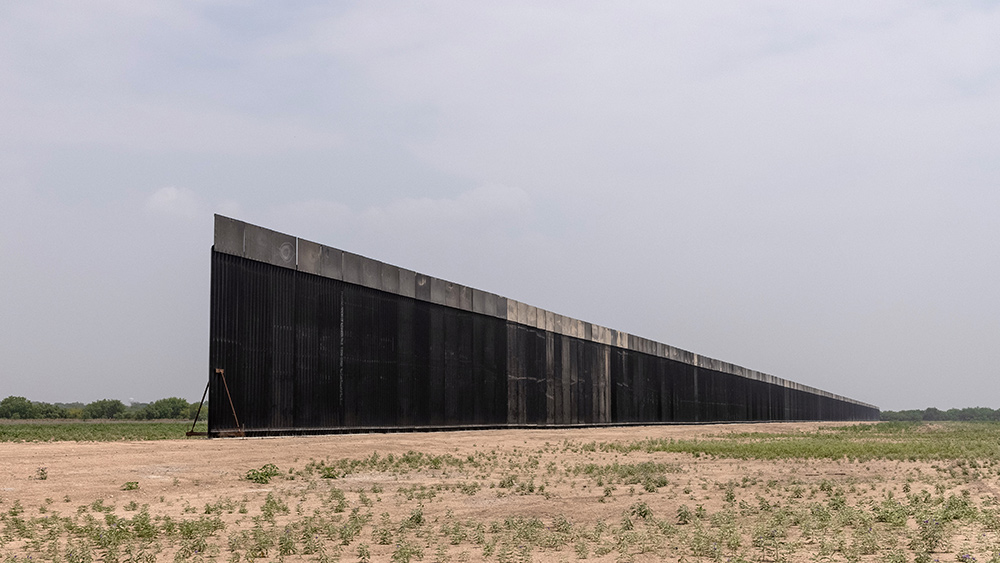Russian Navy’s “doomsday” submarine can carry 6 Poseidon nuclear torpedoes
07/19/2022 / By Kevin Hughes

Belgorod, the modern “doomsday” vessel commissioned by the Russian Navy, is finally home more than three years following end of construction.
It is a modified version of the Oscar II-class guided-cruise missile submarine produced during the Soviet Union-era. The construction of the Belgorod was completed in 2019, with the vessel floated out of the shipyard later that year.
After going through sea trials under the secretive Main Directorate of Undersea Research, the submarine was brought to the Russian Navy’s Northern Fleet headquarters on July 8.
Constructed by Sevmash in the port city of Severodvinsk, the submarine was built under Project 09852 and officially named the K-329 Belgorod. The vessel is the longest in the world and weighs around 30,000 tons. It was designed to hold six Poseidon nuclear torpedoes, which are armed with a warhead of up to 100 megatons and have an unlimited range. (Related: Russian submarine armed with Poseidon nuclear drones to be deployed in the Pacific.)
The Main Directorate of Undersea Research operates from a remote base on the Kola Peninsula in the Barents Sea. The Belgorod entered the program as part of its 29th Submarine Division.
Russian Navy Chief Admiral Nikolai Anatolyevich Yevmenov said in a statement that the submarine was built for research and rescue purposes.
“The Belgorod submarine opens up new opportunities for Russia in conducting various research [and] allows conducting diverse scientific expeditions and rescue operations in the most remote areas of the world ocean. The ship is designed to solve diverse scientific problems, conduct search and rescue operations, and can also be used as a carrier of rescue deep-sea and autonomous unmanned underwater vehicles,” Yevmenov stated.
In spite of these claims, Western powers are worried that the Belgorod could be used to damage undersea cables. Issues over nuclear war have also appeared following frequent threats from Russian officials over resistance to the Russo-Ukrainian War.
Poseidon can destroy coastal cities with a blast or through the formation of huge tidal waves
Belgorod was built to hold the 80-foot Poseidon nuclear torpedo, which is officially named 2M39 Status-6 Oceanic Multipurpose System. The Poseidon can be launched against enemy shorelines to destroy coastal cities, both with a blast and through the formation of huge tidal waves.
The torpedo, which was first unveiled in 2015, also has the ability to demolish coastal areas through “radioactive contamination, rendering them unusable for military, economic or other activity for a long time,” according to a Russian presentation caught on video by the BBC.
And it is for this reason that the Belgorod has been advertised as a “doomsday” ship.
Besides being equipped with Poseidon nuclear torpedoes, the Belgorod will also function as a mothership for crewed and unmanned undersea vessels.
The delivery of the Belgorod submarine to the Russian Navy was marked by the acceptance ceremony at Sevmash’s shipyard.
The event was attended by officials from the Russian Ministry of Defense, Russian Navy, Sevmash and officials of the Arkhangelsk region in Severodvinsk, Russia.
“Today is a significant day for us – the signing of the acceptance act of the research submarine Belgorod and its transfer to the fleet. The general task of building the Belgorod submarine has been completed. I wish the crew a successful voyage and seven feet under the keel,” Yevmenov said in a statement.
Belgorod was designed by the JSC Central Design Bureau for Marine Engineering Rubin and constructed by the JSC Northern Machine-Building Enterprise.
Belgorod is also the first submarine carrier of the Poseidon nuclear-powered underwater drones. It is also designed to bring the highly classified Losharik special mission submarine and other unmanned underwater espionage platforms.
The reinforced lower rudders of Belgorod allow it to sit on the seafloor and it has the ability to deploy unmanned underwater vehicles that could tap or cut submarine communication cables. This ability can blind or cripple an enemy as 95 percent of global internet traffic passes through submarine communication cables.
Watch the video below to know more about Russia’s growing secret submarine fleet.
This video is from the Russia Truth channel on Brighteon.com.
More related stories:
Russia testing nuclear missiles and submarines in the Arctic as global tensions escalate.
6 Russian warships enter Black Sea ahead of large-scale war drills.
A single nuclear sub strike would “drown” Great Britain in a “radioactive tsunami,” warns Russia.
Sources include:
Submit a correction >>
Tagged Under:
Belgorod, big government, Dangerous, doomsday, military tech, national security, Nikolai Anatolyevich Yevmenov, nuclear torpedo, nuclear weapons, Poseidon, Russia, Russian navy, submarine, underwater espionage, unmanned underwater vehicles, weapons technology
This article may contain statements that reflect the opinion of the author
RECENT NEWS & ARTICLES
COPYRIGHT © 2017 NATIONAL SECURITY NEWS




